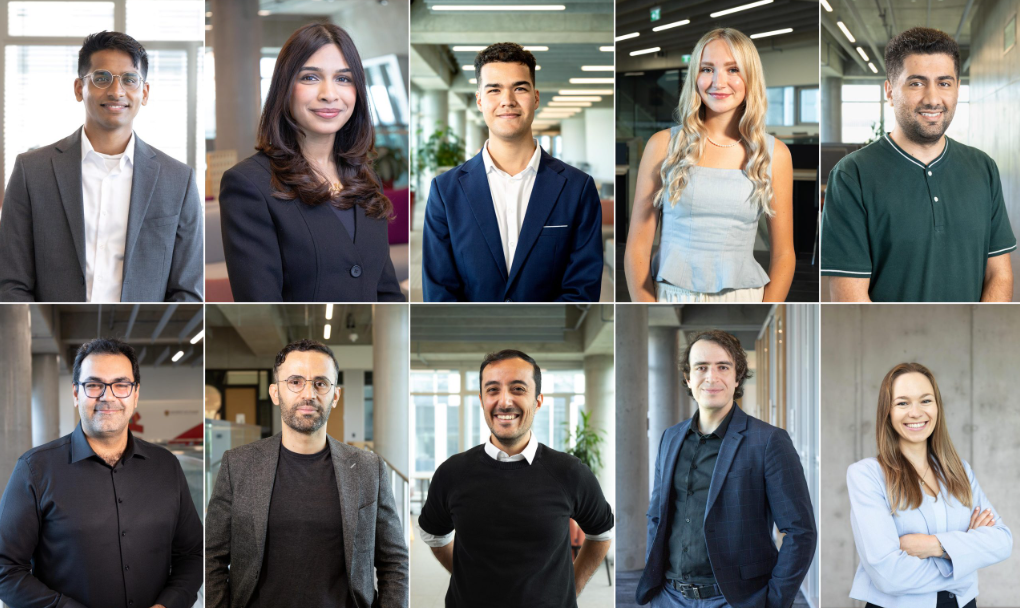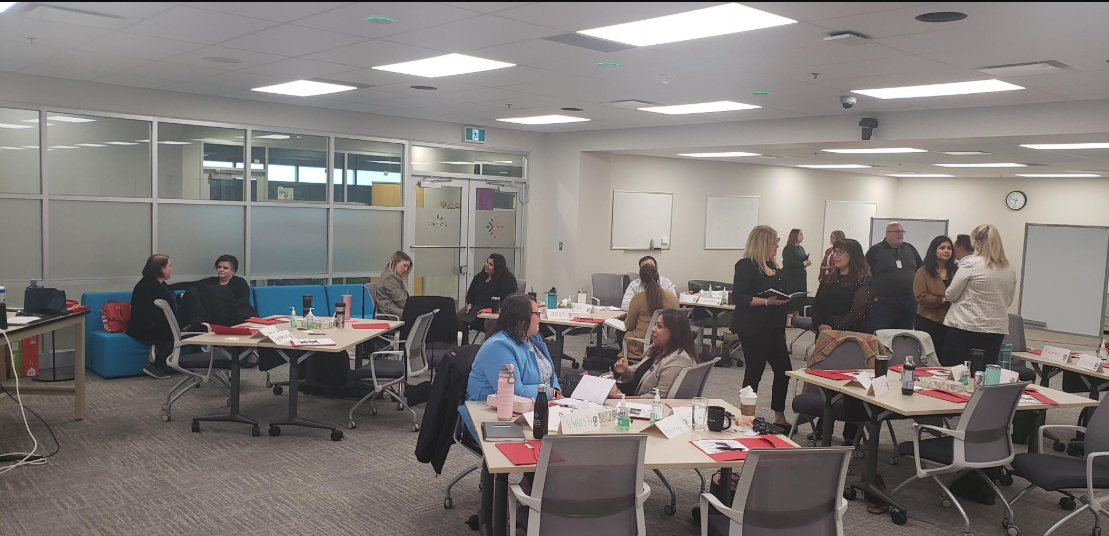Attracting great people and keeping them engaged and connected with the workplace is not a new source of competitive advantage for businesses. But as the global competition for talent heats up, it is where resilient and future-ready businesses are being built – and challenged, like never before.
There are several key trends shaping the supply and demand of labour. The response to such trends among employers will define the degree and pace with which we move from economic recovery to growth.

To remain competitive, employers must pay attention to current and emerging trends including shifting demographics, increasing diversity and an evolving definition of the workplace.
With these trends in mind, employers can cultivate workplaces that meet the changing and diverse needs of an evolving workforce. While there are countless ways to respond to emerging trends, here are three key areas employers can focus on:
Offering flexibility in all forms
Workplace flexibility often focuses on policies that promote balance between the demands of work and personal life. While work-life balance is known to be highly valued among Gen Y employees, employers must consider how their flexibility offerings meet the needs of a broader age demographic. For example, what flexibility do new grads need compared to those nearing retirement?
- For older adults, this may mean offering part-time work, the opportunity to work remotely from anywhere, or flexible skill-building and upskilling training to ensure skills remain relevant and applicable to the current workplace.
- For Gen Y, who may be in a stage of life with greater demands on their personal time, flexible offerings may be about supporting that balance with alternative work arrangements, flexible work hours or remote working options.
- For Gen Z, a population of workers known to value independence and entrepreneurial endeavors, flexible job descriptions that allow opportunity for input into roles and responsibilities may be important. As a generation known for their tech savvy, it’s important to recognize their need for connection both online and in-person.
Creating a culture of flexibility will be a key input into an overall value proposition that will appeal to a broad array of workers – no matter their age or generational label.
Fostering diversity and inclusion
Employers that adopt policies and recruitment practices that reflect our increasingly diverse population are likely to see greater success. Companies in the top-quartile for ethnic and cultural diversity on executive teams were 33 per cent more likely to exhibit industry-leading profitability. Similarly, addressing gender inequality in the workforce is anticipated to boost economic growth in Canada by $150 billion by 2026.
With diversity expected to increase in the coming years, employers have an opportunity to set the stage to attract and engage a diverse workforce that will feel valued and be well-positioned to contribute to business success and profitability.
How can employers move from intention to action on issues of inclusion and diversity?
Establishing diversity targets can be a first step and initiatives like the 50-30 Challenge may accelerate meaningful action. The challenge is simple: adopt gender parity (at least 50 per cent women and/or non-binary people) and 30 per cent representation of other equity-deserving groups on Canadian boards and among senior management.
For employers looking to move ahead on specific action, they may choose to conduct a gap analysis of practices and policies. While not all organizations are equipped with the internal capacity or knowledge to do so, organizations like the Canadian Centre for Diversity and Inclusion offer services to help employers examine blind spots and incorporate best practices into the workplace.
Overall, action on diversity and inclusion in the workplace serves as an important indicator to prospective employees of their value and importance in shaping the success of the business. The desire to be welcome, engaged and valued isn’t a unique need of any one group and is an area employers must pay attention to if they want to build and maintain a healthy, resilient and future-ready workforce.
Delivering the value proposition
Leading employers have an innate ability to communicate, and then deliver on, employment promises.
Employees have questions: What will it be like to work for you? What will I get out of it? What are your values? Why would I choose this position over one with a competing employer? Will I be welcomed and included? Will I have the flexibility and opportunity I need to be successful?
While a great value proposition may get employees through the door, the door will begin revolving if employers don’t deliver. Policies, recruitment practices, leadership appointments and opportunity must deliver the promised benefits. The alternative is the dreaded “retention problem” – where an employer is so focused on slowing the revolving door, they become trapped in a cycle of selling the value proposition instead of delivering on it.

Employers must balance the need to cultivate and share its value proposition and deliver on it.
The workforce of the future awaits
When it comes to attracting a great workforce, Calgary has a strong foundation to start from. A young and educated population, strong post-secondary institutions, high quality life, affordability and consistent ranking as one of the world’s most liveable cities. Add to this, burgeoning opportunities across increasingly diverse sectors and a culture that embodies entrepreneurialism, creativity and collaboration and many boxes are already ticked by a current and emerging workforce.
Employers can build on these advantages by responding and adapting to salient trends. There is no doubt, offering a flexible and inclusive workplace that reflects the needs of a population diverse in age, ethnicity, values and needs will require time and attention from employers. But in the global competition for talent, it is also what will be required to establish and maintain a resilient and future-ready workforce positioned to propel your business forward.







